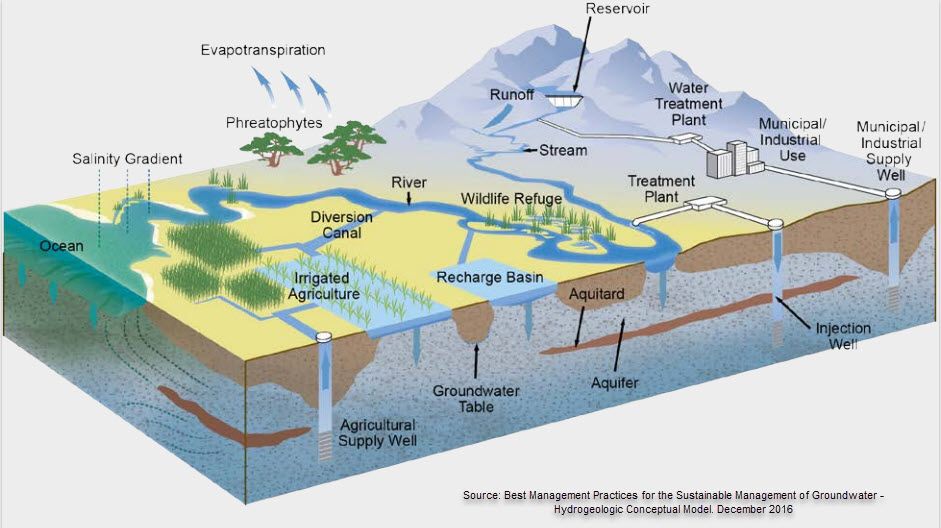As concerns about environmental contamination and pollution continue to grow, understanding the potential impacts and risks associated with contaminated sites is becoming increasingly important. One valuable tool that environmental professionals use to understand better, manage, and visualize these sites is a Conceptual Site Model (CSM). This blog will explore CSMs, why they are essential, and how they are used in environmental site management.
What is a Conceptual Site Model?
At its core, a CSM is a visual tool that helps us "connect the dots" and better understand the complex interactions between contaminants and the environment. It's a conceptual framework that captures the various components of a contaminated site, such as the sources of contamination, data from site assessments, pathways through which contaminants can travel, and the receptors that may be affected.
Developing a CSM involves several key steps:
- Data Collection: Relevant data is collected from various sources, such as site assessments, historical records, and laboratory analyses. This includes information on the site's geology, hydrology, contaminant sources, and potential receptors.
- Data Analysis: The collected data is analyzed to identify patterns, trends, and relationships among the various components of the site, such as the contaminant sources, pathways, and receptors. This analysis helps understand how contaminants might move through the environment and potentially impact receptors.
- Conceptualization: A conceptual model illustrates the site's complexities based on the data analysis. This can be in the form of a diagram, flowchart, or other visual representations, capturing the relationships between the sources, pathways, and receptors.
- Refinement and Validation: The CSM is refined and validated through an iterative process that involves input from experts, stakeholders, and regulatory agencies. This helps ensure that the CSM accurately represents the site's characteristics and potential risks.
The level of detail of the conceptual site model should match the complexity of the site and available data. Development and refinement of the conceptual site model help identify investigative data gaps in the characterization process and can ultimately support remedial decision-making.
In Part 2, we’ll discuss why a CSM is important and how environmental professionals use them throughout the environmental site management process.




